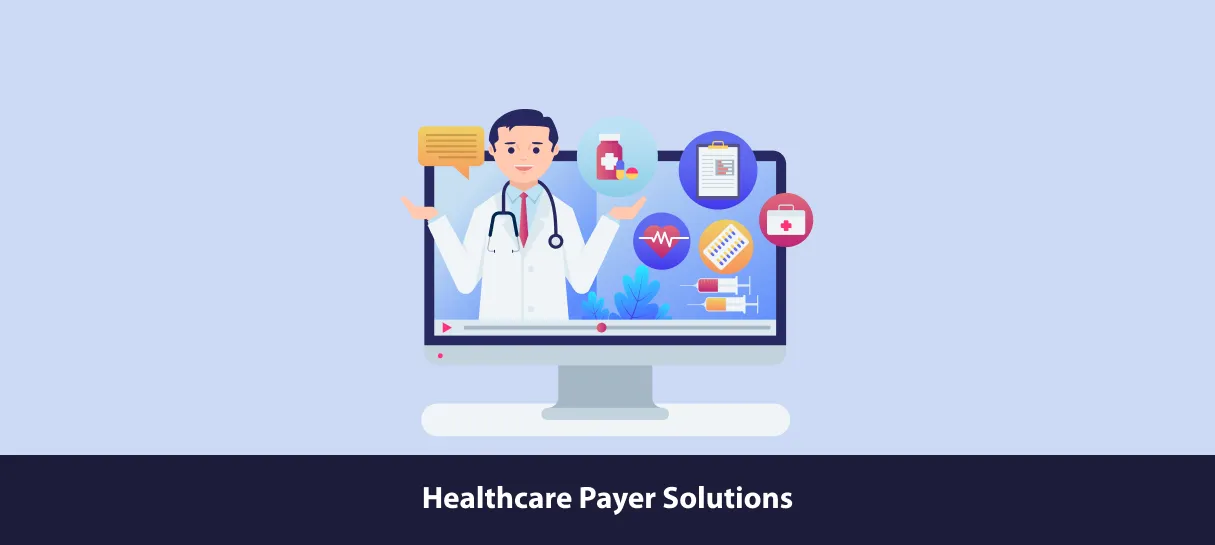How Technology is Transforming Healthcare Payer Solutions
Quick Summary: Technology puts a lot of pressure on the health payer companies and the managed healthcare groups. They have to work in seeking optimization of these findings in that they have to find out how they can wish cut expenses while at the same time enhancing the quality of the health services being offered to the customers. Due to increase in medical bills, new entrants in the market and people desiring convenient services, these firms have no option than to adapt to new technologies.
Introduction
This article will be focusing on five ways in which technology assist healthcare payers in cutting cost while operating efficiently. Finally, we will discover with which of these innovative features insurance companies and medical managers cope with growing costs, how they develop competitiveness and improve the quality of services for customers.
1. Automation and Efficiency
Technology assists healthcare payers in a number of ways and a major one is through automation of processes. While humans handle personal interaction or decision-making, robots, drones, and artificial intelligence (AI) attend to administrative work such as claims processing, determining whether a person is eligible for care, seeking a doctor’s permission for treatment, and addressing customer inquiries about billing. Having a positive mindset, the staff goes for the more serious matters easily and handle them kindly. Automation also accelerates the work by linking the older computers.
Besides customer assistance, payers employ humanities AI and robots in handling record documentation to ensure the correct codes are awarded in diagnosis and treatment processes. Analyzing an electronic health record, bots identify relevant pieces of information and complete claims properly. This helps to minimize instances of billing errors and also to check whether a claim adheres to insurance requirements or not. Automation also assists in identifying problems when they arise and allocating resources appropriately given the patients’ health status. Healthcare Payer Solutions like these make it possible for us to work often and in a shorter time.
2. Data Analytics
Healthcare payers hold vast amounts of data, for instance, insurance claims, treatment entitlement, providers, and test outcomes. For instance, through the results of metrics, we can detect which patients may later become more costly to treat. This enables payers to come in perhaps and support such patients enhance their health status and reduce chances of a hospital visit.
It also assists the payers in determining the right prices to charge, measure the competency of the physicians, detect fake claims and identify some billing discrepancies. Thus, payers can select the best doctor networks with Healthcare Software Development available for their clients. With more healthcare organizations displaying their willingness to share data, payers can gain end-to-end medical histories over time or improved insights, thus expanding the range of data analysis.
3. Telehealth Integration
The pandemic has significantly changed telehealth because patients have resorted to seeking virtual care. Integrating telehealth ensures patients do not disrupt their care and also increases access to specialists and other caregivers in remote areas. Cloud providers are bringing compliance checklists right into the infrastructure and applications to check on the requirements of GDPR, HIPAA, or PCI-DSS automatically, ensuring that telehealth services meet regulatory standards and maintain data privacy. This enhances the trustworthiness and security of virtual healthcare services.
It is possible to demonstrate which diagnoses and medical specialties are best served through virtual care based on the data. Telehealth may also decrease the costs of healthcare since it may decrease the chances of people going to the emergency, saving patients and doctors from errands.
4. Blockchain for Security
The concept of blockchain is making healthcare to be more secure, track able and trustworthy With the increasing need for security, cloud migration and modernization have also become essential for healthcare payers, allowing them to securely manage data while ensuring quick access and integration with blockchain systems.
Healthcare payers applied blockchain to prevent identity theft of patients’ eligibility and claims data to share them across the industry. Payers and providers can employ smart contract to automate payment regulation that will ensure that payment is quick and secure.
Blockchain also eliminates cases of fraudulent billing through the provision of record of all the transactions. For instance, one of the significant healthcare payers partnered with IBM for developing a blockchain network that confirms the providers’ care requests are real. Long term, blockchain can be employed in trading of medical records, tracing the provenance of drugs and even manage clinical trials efficiently.
5. AI and Machine Learning
Providers deploy AI/ML algorithms to build a virtual assistant, decision-making tools and predicting tools by the payers. This is due to the fact that AI can assist payers in minimizing the time taken to process claims while at the same time analyzing insurance policies, medical plans and treatment codes. It shows, deep learning can recognize the trends which are potentially rewarding to avoid the frauds in claims data.
AI also assists payers in the determination of the future costs of delivery of the services and the more risks accurately. AI also contributes to community health by providing individualized information based on one’s potential health challenges or other conditions which are in the society.
Conclusion
As with any new advancements, the introduction of new technology means new potential for the healthcare payers as well as new obstacles and opportunities. As one will learn below, automation, data analysis, telehealth, blockchain, AI, and other technologies can assist payers by enhancing customer service while still making their operations profitable. Payers should also maintain customer confidentiality, not discrimination, integrate with doctors and leverage technology.
These concepts will enable the healthcare payers to enhance care delivery, promote early detection of illnesses, and operational administer the change. Those who seize existing technology and apply it in a manner that decreases its costs while simultaneously increasing the quality of services and successes will survive in a world that is ultimately digital.





